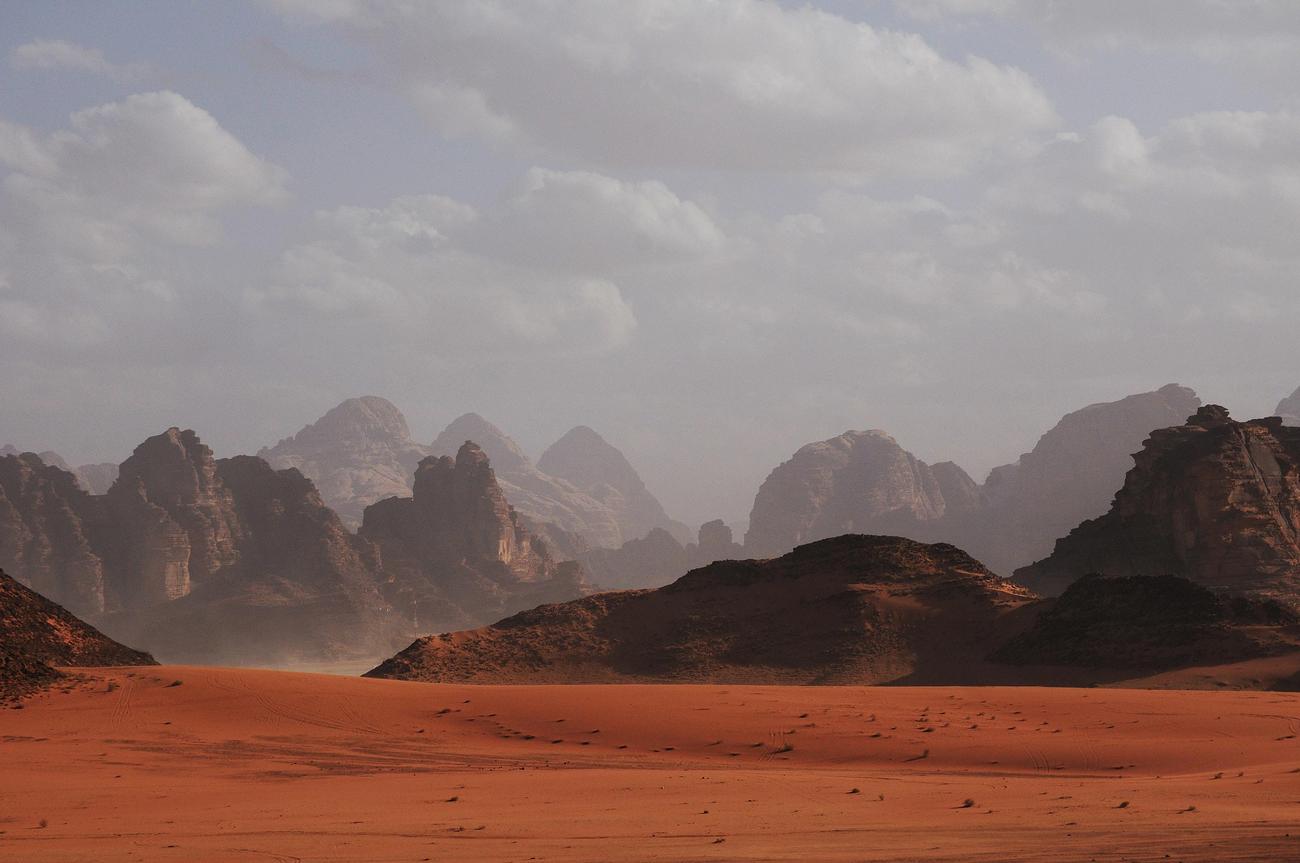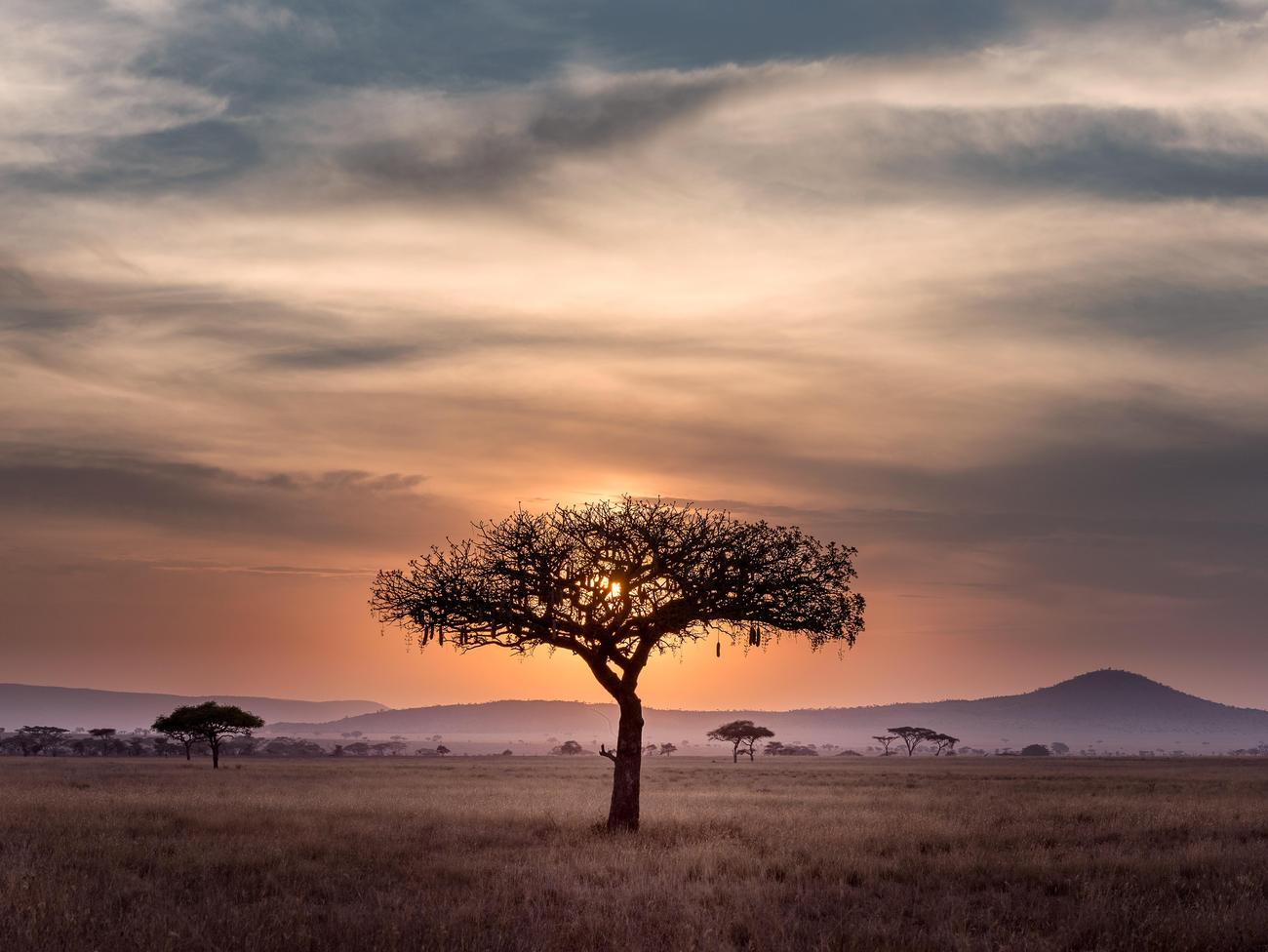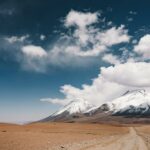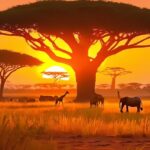Unraveling the Immensity: How Big is Congo? As an experienced journalist specializing in international affairs, I am constantly compelled by the untold stories that lie hidden beneath the surface of complex issues. Nowhere is this more evident than in the vast and enigmatic landscape of Congo. With its breathtaking geographical expanse and abundant natural resources, Congo stands as a true giant among African nations. In this article, we will embark on a captivating journey to comprehend the enormity of Congo, exploring its sprawling territories, intricate social dynamics, and far-reaching impact on regional stability. Join me as we unveil the immense nature of Congo, leaving no question unanswered.

How Big is Congo?
The Republic of the Congo, also known as Congo-Brazzaville, is a country located in Central Africa. So, how big is Congo? Let’s dive into the immensity of this fascinating nation.
Geographically, Congo covers a vast expanse, spanning over 342,000 square kilometers (132,000 square miles). That’s about the size of Montana or Germany. Imagine a land so expansive that it’s home to diverse landscapes, from expansive savanna plains and lush forests to the majestic Congo River and towering mountains. It truly is a sight to behold.
But Congo’s enormity isn’t just limited to its physical dimensions. It also extends to the magnitude of its resources. This resource-rich nation boasts significant reserves of oil, minerals, and timber, making it an economic powerhouse in Africa. The country’s wealth lies beneath its vast surface, waiting to be harnessed for the benefit of its people and the region as a whole.
Congo’s immense size has also shaped its regional influence. Situated between Gabon and the Democratic Republic of the Congo, it serves as a crucial link in Central Africa. Its strategic location along major trade routes and its natural resources have made it an important player in the region’s stability and development. As we uncover the layers of Congo’s enormity, we begin to understand its impact on the geopolitical landscape.
In terms of population, Congo is home to approximately 5.2 million people. While it may seem like a relatively small number compared to some of its neighbors, the cultural vibrancy and ethnic diversity of this nation are boundless. With French as its official language and Lingala and other indigenous languages also spoken, Congo is a melting pot of linguistic expressions and cultural traditions.
When we talk about Congo, we cannot ignore its intriguing history. From the displacement of earlier inhabitants by Bantu-speaking tribes to the French colonization and subsequent independence, the country has witnessed significant historical milestones. The name “Congo” itself is derived from the powerful Bantu kingdom of Kongo, which once reigned over these lands. It’s a history that adds depth and richness to the immensity of this nation.
To grasp the sheer size of Congo, we cannot overlook its economy. A mix of agriculture, industrial sectors, and support services contribute to the country’s economic growth. And as we explore the potential for further development and investment, we see how Congo’s immensity extends beyond its physical borders.
In conclusion, Congo’s enormity is an awe-inspiring journey through its vast geography, abundant resources, regional influence, diverse population, gripping history, and economic potential. It’s a country that encompasses so much, inviting us to unravel its magnificent tapestry. So, how big is Congo? It’s as vast and intriguing as the stories waiting to be uncovered within its borders, beckoning us to delve deeper into its immensity.
“Congo’s size is not just limited to its physical dimensions; it encompasses the richness of its resources, its impact on regional stability, its cultural diversity, and its economic potential.”
The Democratic Republic of Congo, also known as Congo-Kinshasa, is a country full of fascinating history and awe-inspiring landscapes. If you’re curious about the wonders this nation holds, you won’t want to miss out on learning some interesting facts about Congo. From its rich biodiversity to its vibrant culture, Congo has a story to tell that will capture your imagination. So, why wait? Click here to uncover the captivating and surprising facts about Congo: interesting facts about congo.
The Immense Size of the Democratic Republic of the Congo
[youtube v=”wIolyl02G9M”]
The Democratic Republic of the Congo (DRC) is a country located in Central Africa that is far larger and more populated than many realize. With a staggering population of 100 million, the DRC surpasses the combined population of several nations. In fact, it is predicted to reach a mind-boggling 362 million by the year 2100, surpassing even the United States. But it’s not just in population where the DRC stands as a behemoth; its land area is also immense. The DRC is the 11th largest country in the world, outstripping Mexico and nearly quadrupling the size of France.
A Land of Diversity and Vast Landscapes
The geographical diversity of the DRC is just as remarkable as its size. The country boasts a variety of landscapes, ranging from expansive savanna plains to lush forests, and from the mighty Congo River to towering mountain ranges. With an area covering approximately 342,000 square kilometers (132,000 square miles), the DRC’s landmass is similar in size to that of Montana or Germany. This diverse terrain is not only visually stunning but also hosts an abundance of natural resources, such as oil, minerals, and timber. These resources contribute to the DRC’s economic power within Africa and its importance for regional stability and development.
Cultural Vibrancy and Ethnic Diversity
Beyond its natural beauty and resources, the DRC is a nation rich in cultural vibrancy and ethnic diversity. The country is home to a population of around 5.2 million people, providing a melting pot of different traditions, languages, and customs. This ethnic tapestry is a testament to the nation’s complex history, from the displacement of earlier inhabitants to French colonization and finally independence. The DRC’s cultural diversity is a source of both strength and resilience for its people.
Economic Potential and Strategic Importance
The DRC’s economy is supported by various sectors, including agriculture, industry, and support services. These sectors not only provide employment opportunities but also contribute to the growth and development of the country. Moreover, the DRC’s potential extends beyond its physical borders. The country’s strategic location and abundant natural resources make it an attractive destination for investment and further development. The immense size of the DRC encompasses its geography, resources, regional influence, population diversity, history, and economic potential.
“The Democratic Republic of the Congo is not only immense in population and land area, but it also holds a wealth of resources, cultural diversity, and economic opportunities. Its impact reaches far beyond its borders, making it a nation of great significance in Africa and the world.”

FAQ
Q: What is the size of Congo?
A: The Republic of the Congo, located in Central Africa, has a vast geographical expanse. It covers an area of approximately [insert size in square kilometers].
Q: How does the size of Congo compare to other countries?
A: Congo is one of the largest countries in Africa, with a size comparable to [mention comparable country size]. Its enormity is evident in its diverse landscapes, ranging from savanna plains to mountains and the mighty Congo River.
Q: What are some notable geographical features in Congo?
A: Congo’s geographical diversity is impressive. It is home to savanna plains, flooded forests, and the majestic Congo River, which is the second longest river in Africa. Additionally, there are mountains that add to the country’s natural beauty.
Q: How does Congo’s size influence its resources?
A: The immense size of Congo contributes to its abundance of natural resources. The country is known for its vast reserves of minerals, including copper, cobalt, and diamonds. These resources play a significant role in the country’s economy and have both national and global importance.
Q: Does the size of Congo impact regional stability?
A: The size of Congo can have implications for regional stability. Its borders with neighboring countries, such as Gabon and the Democratic Republic of the Congo, can present unique challenges and opportunities. The country’s size and position within Central Africa make it important to understand its influence on regional dynamics.
- China II Review: Delicious Food & Speedy Service - April 17, 2025
- Understand Virginia’s Flag: History & Debate - April 17, 2025
- Explore Long Island’s Map: Unique Regions & Insights - April 17, 2025
















